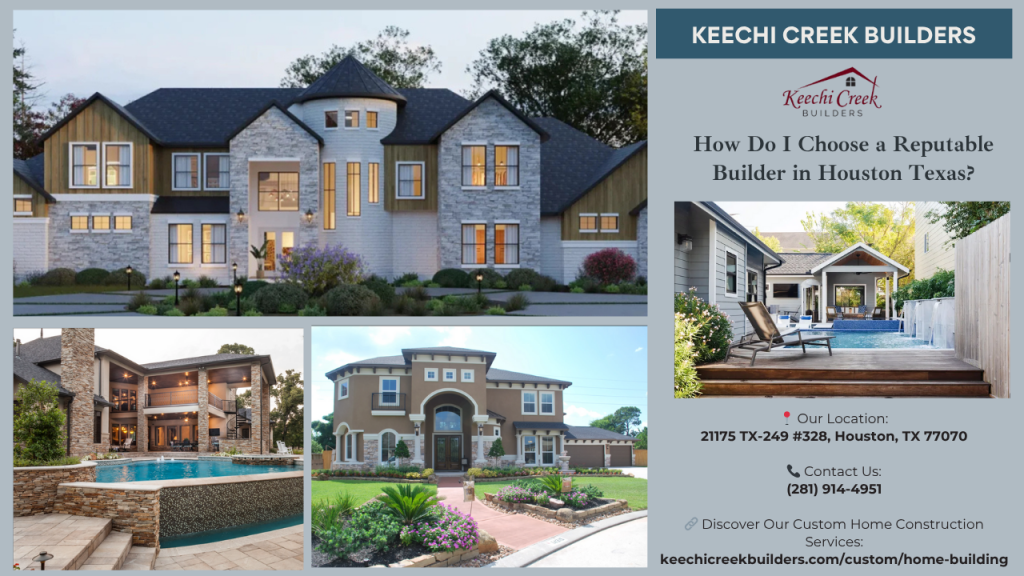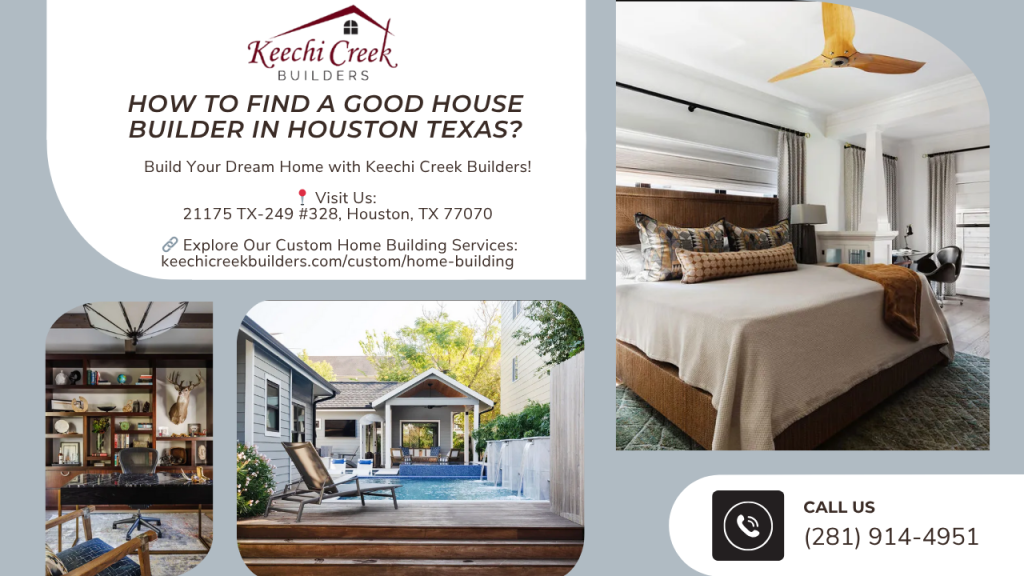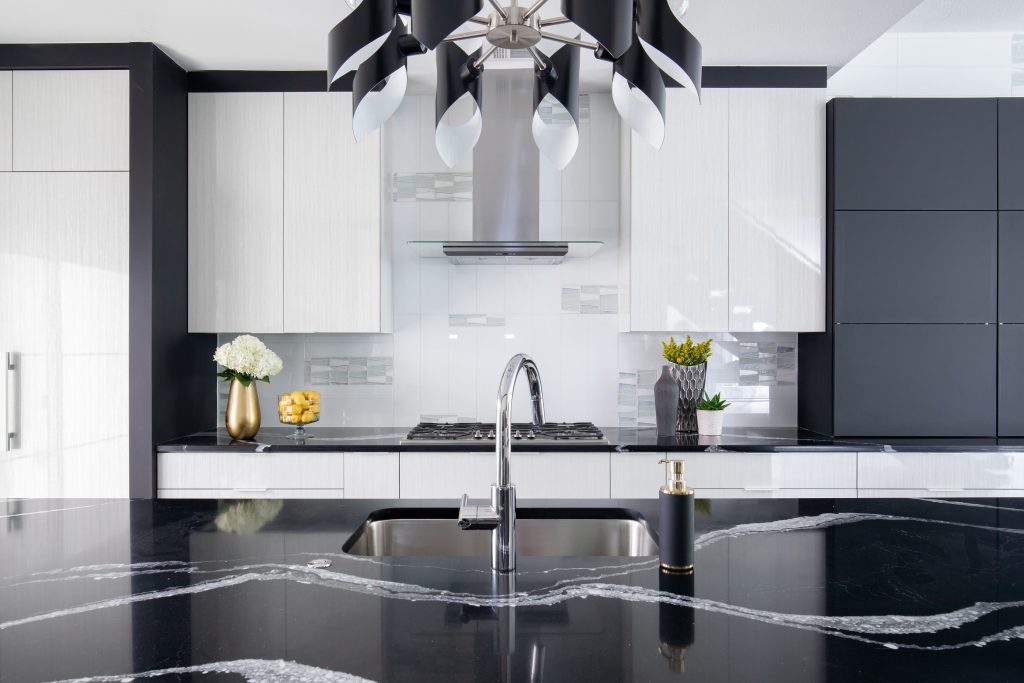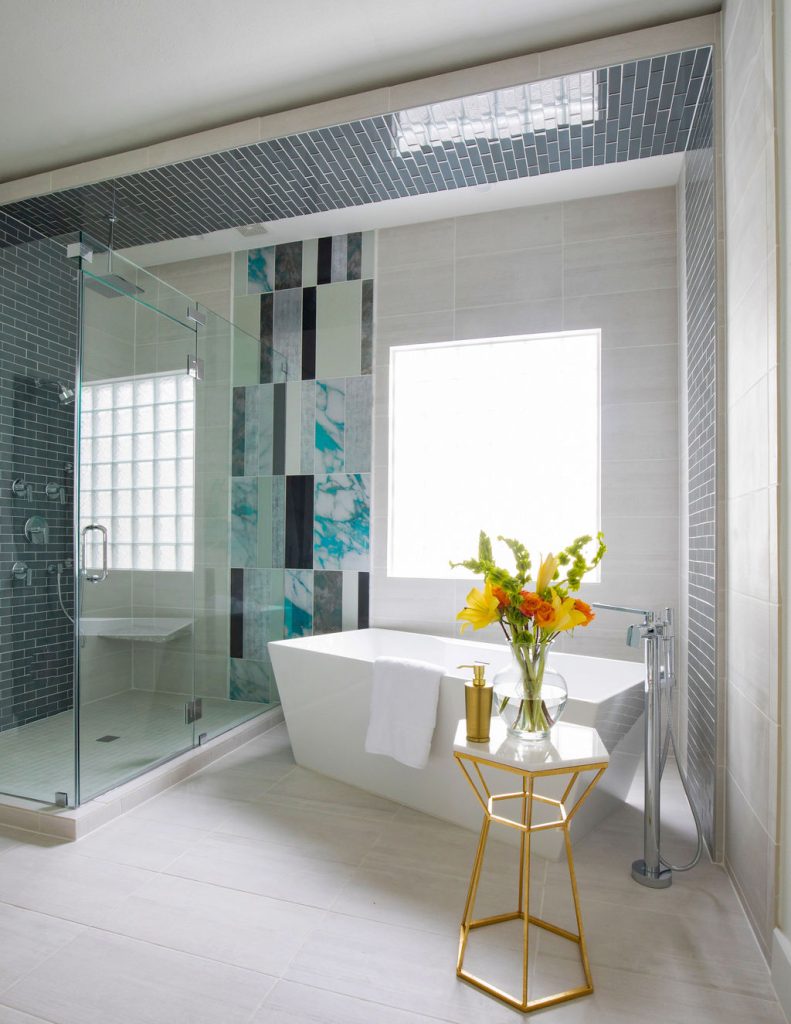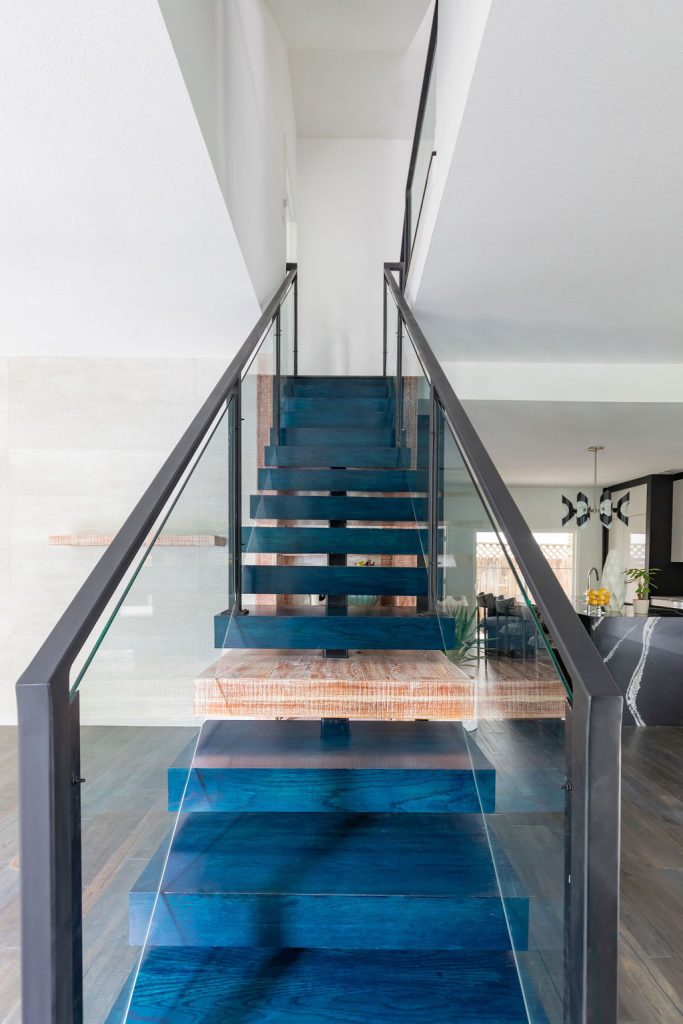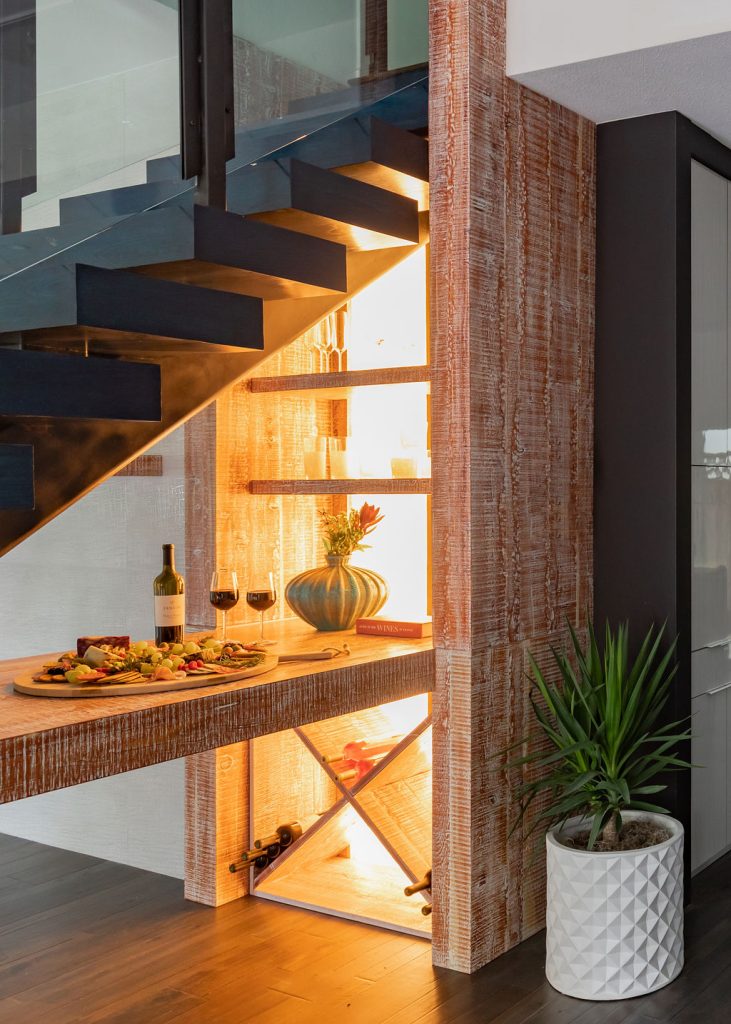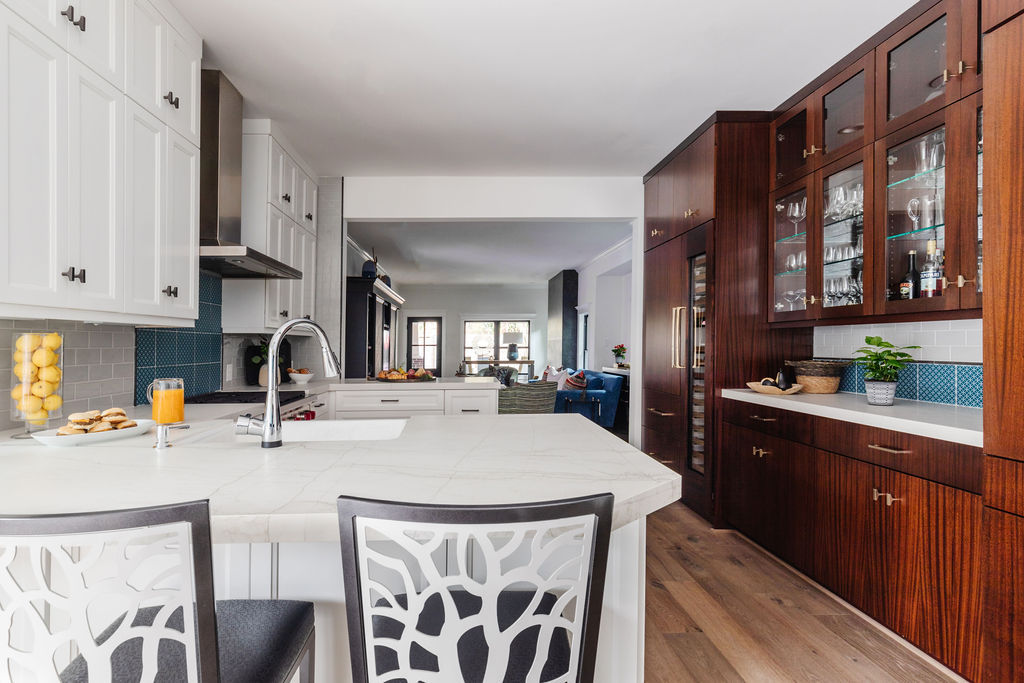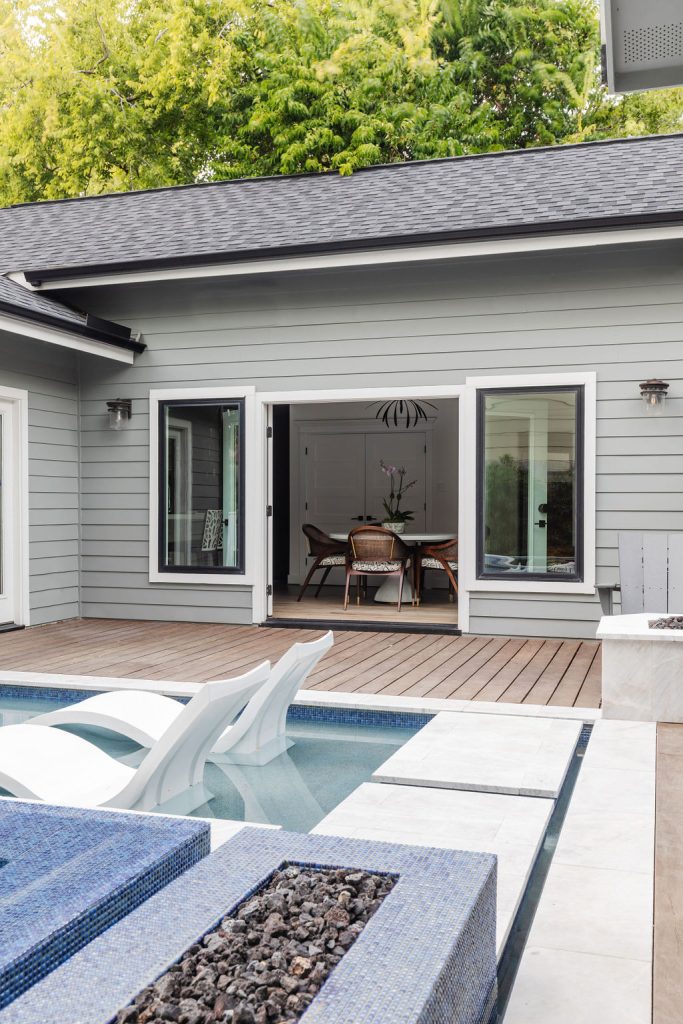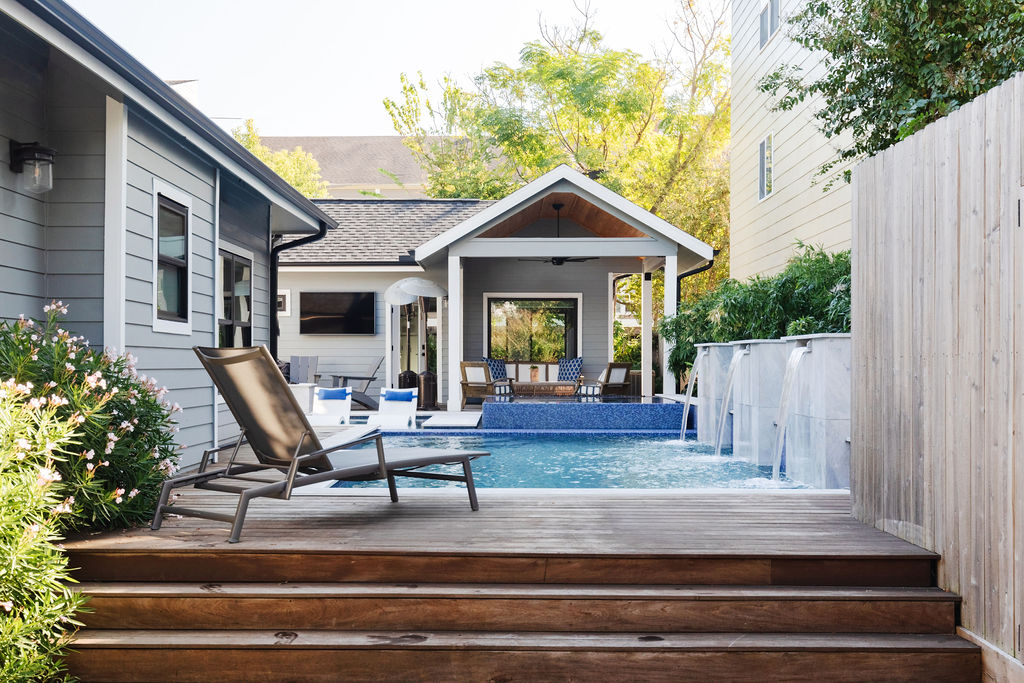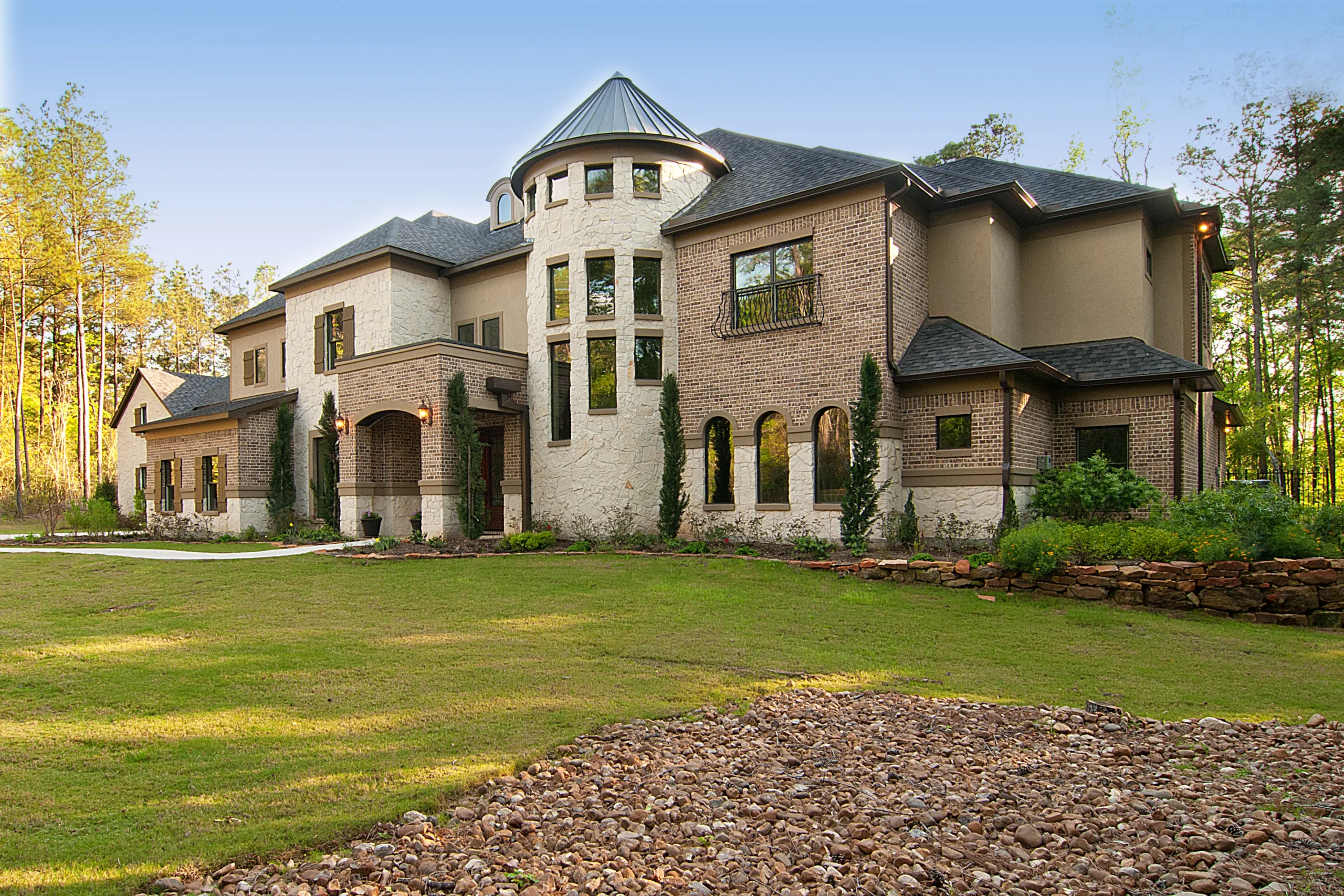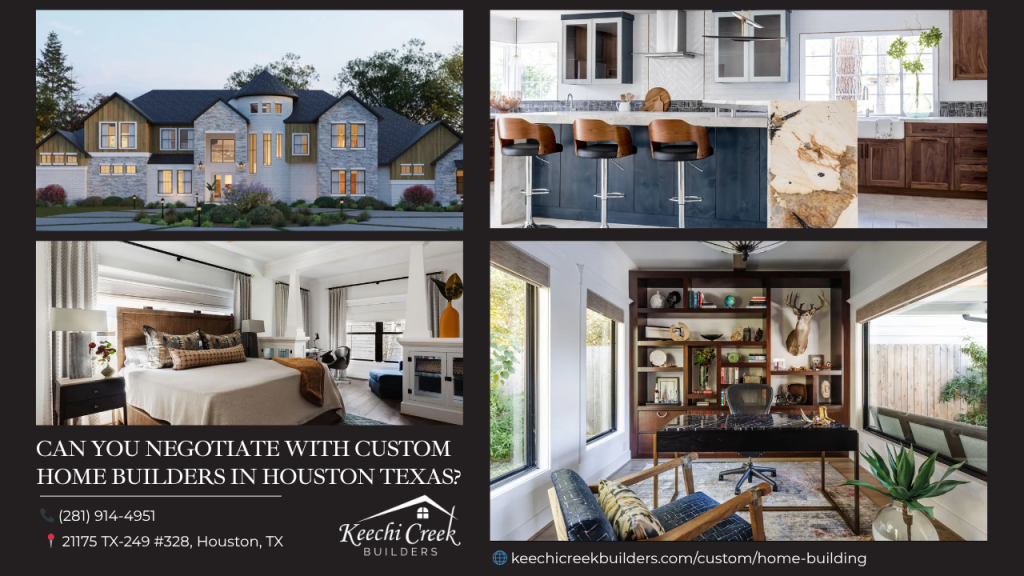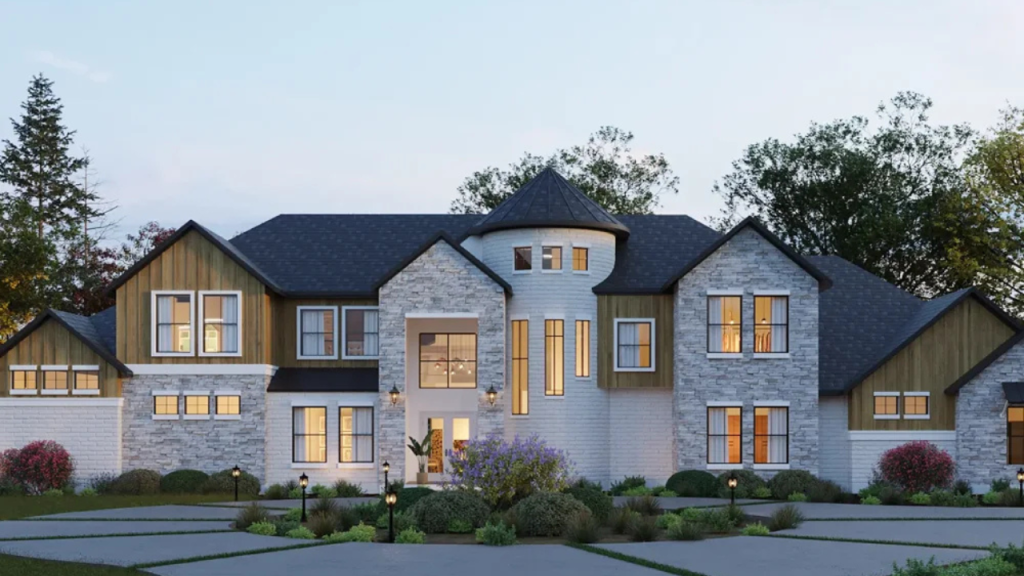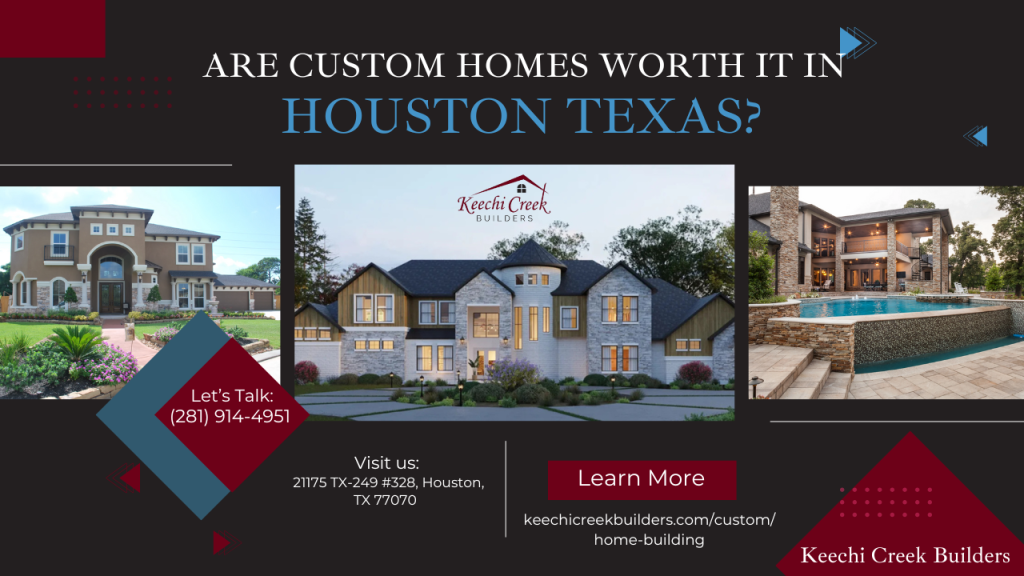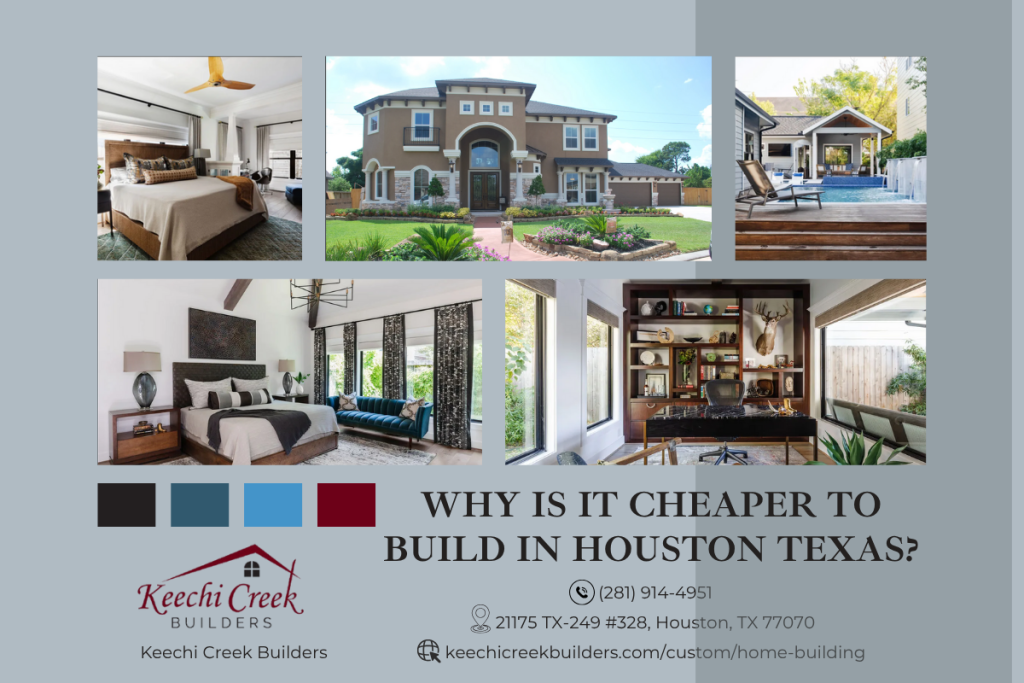The Art of Surface: How Countertops Defined the Luxury of the Taft Project
In any luxury renovation, surfaces matter. In the Taft Project, a masterful reimagining of a 1920s bungalow in Houston Heights,countertops weren’t just functional necessities. They were foundational design statements. Keechi Creek Builders chose every surface with intention, using high-performance materials and elegant finishes to tie the entire project together. From Neolith Mont Blanc Silk in the kitchen to the dramatic Nero Absolute and Krater Riverwashed finishes in the baths, the countertops speak volumes about form, function, and finesse.
Let’s take a closer look at how these surfaces shaped one of Houston’s most talked-about award-winning renovations.
Countertop Material Selection: More Than Just Stone
Keechi Creek Builders approached the countertop selection for the Taft Project with the same philosophy they bring to all luxury homes: marry beauty with performance. Each material was chosen not only for its appearance but also for how it would function in a modern, high-end home.
Kitchen – Neolith Mont Blanc Silk
This sintered stone surface was the centerpiece of the open kitchen, offering a marble-like look with none of the porosity or maintenance concerns of natural stone. With its subtle veining, soft matte finish, and creamy white base, Mont Blanc Silk brings both texture and warmth to the heart of the home.
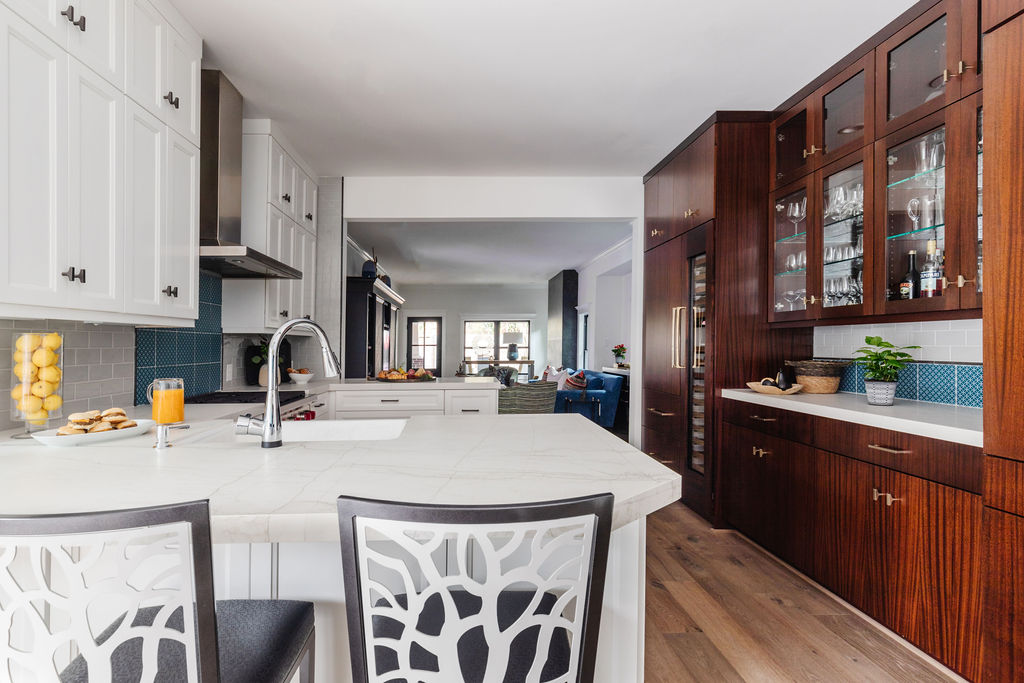
Why it works:
- Non-porous and ultra-hygienic (ideal for food prep)
- Scratch and heat resistant
- Low maintenance compared to marble or quartzite
- Clean and modern, while honoring the home’s vintage roots
Master Bathroom – Nero Absolute
Dramatic and refined, the Nero Absolute granite countertops in the primary suite provide a bold counterbalance to the soft white paint and clean lines. Polished to a near-mirror sheen, this stone elevates the vanity area into something akin to a spa.
Why it works:
- Dense and hard-wearing,perfect for high-use areas
- Rich black color anchors the room with sophistication
- Easy to clean and maintain, even in high humidity
Guest Bath – Nero Absoluto
Similar in tone and structure to Nero Absolute, Nero Absoluto continues the modern black-and-white theme. Paired with a stained white oak frameless vanity, this bath strikes a welcoming yet upscale chord that’s ideal for visitors.
Why it works:
- Harmonizes with the master bath without repeating it exactly
- Offers contrast to lighter wood and tile finishes
- Subtle luxury with broad appeal
Powder Bath – Neolith Krater Riverwashed
This small but stunning space features Neolith Krater in a Riverwashed finish, giving it volcanic texture and depth. In a room where guests are likely to spend just a moment, this countertop delivers instant impact.
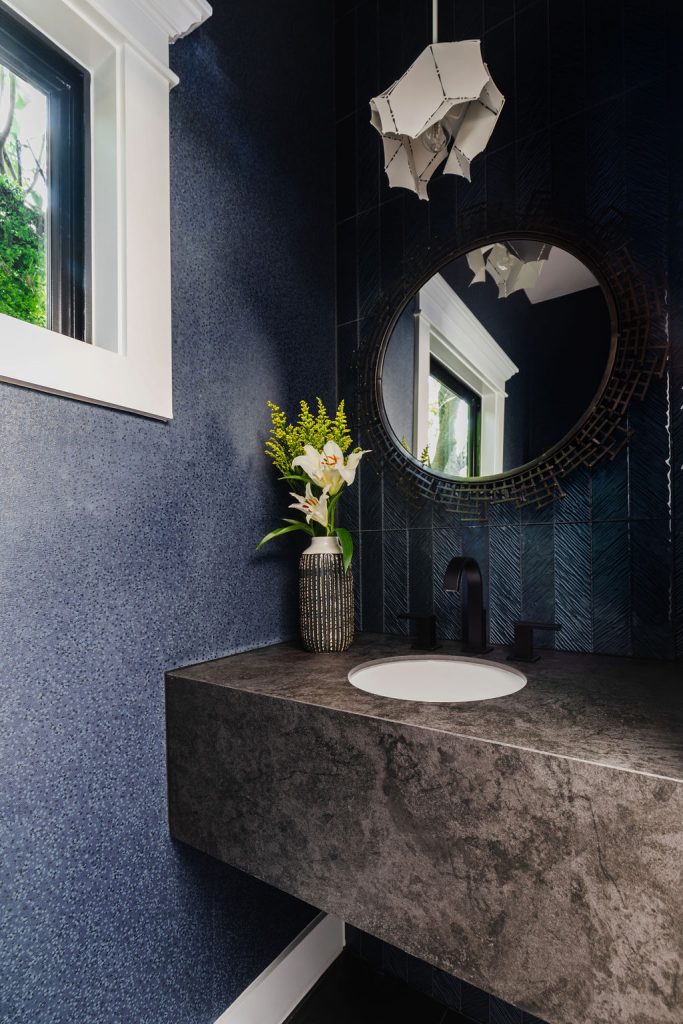
Why it works:
- Deep grey tones and tactile finish feel exotic and unexpected
- Riverwashed texture adds visual weight and artisanal character
- Virtually zero upkeep required
Design & Aesthetic Influence: Surface as Signature
Great design happens in layers, and the Taft Project’s countertops provided essential contrast, cohesion, and continuity across rooms. Keechi Creek Builders used these luxury surfaces to:
- Visually connect spaces with a curated material palette
- Define distinct zones while maintaining an overall harmony
- Introduce texture and tone in otherwise minimal environments
In the kitchen, Mont Blanc Silk’s creamy elegance balances the stained mahogany cabinetry and European white oak flooring, creating a space that’s both warm and sleek. In the baths, dark countertops act like punctuation marks, grounding the brightness of Snowbound-painted walls and custom hardware.
The takeaway? Luxury isn’t about excess,it’s about precision.
Practical and Functional Benefits: Built for Real Life
Countertops in a high-end home must do more than look beautiful,they must perform flawlessly. That’s why Keechi Creek Builders selected materials like Neolith and granite, which are known for their resilience and low maintenance.
Key Functional Benefits:
- Durability: Neolith’s sintered surface resists scratching, scorching, and staining,even with heavy kitchen use.
- Low Maintenance: Both granite and Neolith require minimal upkeep. No sealing, no special cleaners,just daily use with peace of mind.
- Longevity: These surfaces won’t fade, chip, or show age like softer stones or synthetic options might.
- Sustainability: Neolith is made from 100% natural materials and is recyclable, aligning with Keechi Creek Builders’ emphasis on eco-conscious construction.
For discerning Houston homeowners, this means luxury that lasts,and looks stunning doing it.
Integration with Overall Design: Cohesion, Not Contrast
The countertop strategy for the Taft Project was part of a broader design philosophy: integrate seamlessly, elevate subtly. Each surface ties into adjacent elements like cabinetry, paint, and lighting to deliver a cohesive whole-home aesthetic.
For instance:
- Kitchen counters echo the soft veining of the backsplash and the sheen of Top Knobs hardware.
- Guest bath vanity and counter pairing creates a textural narrative,matte wood meets polished stone.
- Powder room countertop becomes the star thanks to the Riverwashed texture and ambient lighting.
Every material, finish, and cut was custom-fit,reflecting the Keechi Creek promise of craftsmanship down to the smallest detail.
Awards & Recognition: Excellence, Validated
The surface-level beauty of the Taft Project is matched by industry-level acclaim. The careful countertop selections played a key role in helping Keechi Creek Builders earn multiple prestigious awards:
GHBA Prism Awards:
- Best Remodel Whole House ($250K–$500K)
- Best Outdoor Living Space
TAB Star Awards:
- Best Whole House Remodel ($425K–$500K)
- Best Addition ($200K–$300K)
What do these awards have to do with countertops? Everything. They recognize not just design flair, but material execution, innovation, and client satisfaction,all of which are deeply reflected in the countertops chosen throughout this project.
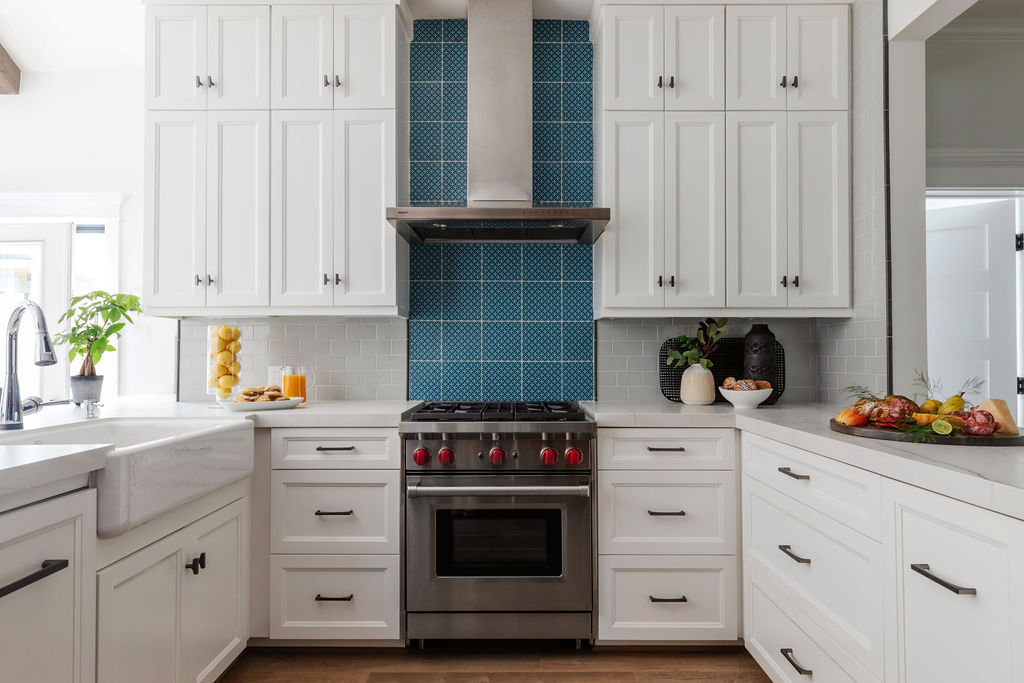
Countertops That Anchor a Vision
The Taft Project is a powerful example of how the right countertop can anchor a room and elevate an entire home. From high-tech sintered stone to timeless granite, Keechi Creek Builders selected each surface to balance luxury, livability, and legacy.
These aren’t just counters,they’re creative decisions that reflect the homeowners’ lifestyle and the builder’s deep design expertise. It’s this level of craftsmanship and foresight that distinguishes Keechi Creek Builders in Houston’s competitive luxury market.
Bring Your Vision to the Surface
If the countertops in the Taft Project sparked inspiration, imagine what Keechi Creek Builders could do in your home. Their commitment to customized materials, elegant design, and expert construction makes them the go-to partner for discerning homeowners across Houston.
Keechi Creek Builders
21175 TX-249 #328, Houston, TX 77070
(281) 914-4951
https://keechicreekbuilders.com/
Discover how a thoughtful countertop choice can become the foundation for your dream renovation.
